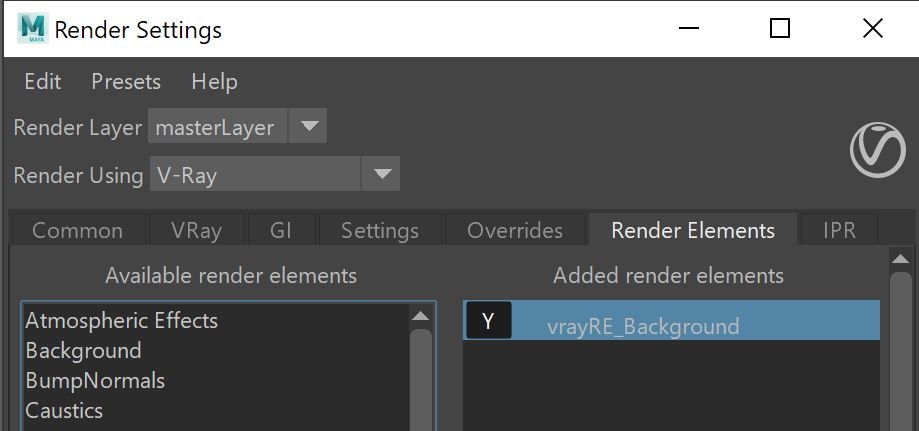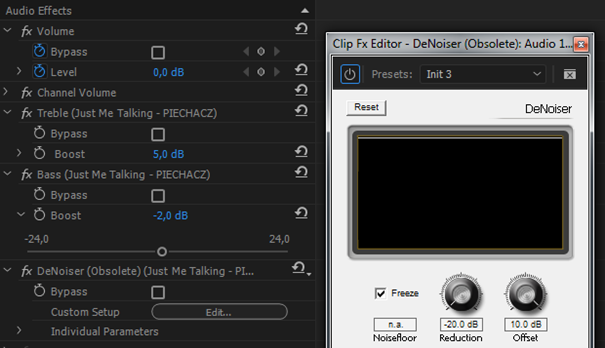


0:0:4:4 would only do temporal denoising. The last 2 numbers have to do with “temporal” denoising. Unless you really love a soft picture, be very conservative with the spacial settings.
#Denoiser 2 settings 1080p#
I suggest you tinker with the buttons in the player to set this to 1080p and fullscreen (if your connection can’t handle 1080p, go as high as you can – otherwise you’ll have to rely on the pictures below, as lower resolutions on YouTube kill too much detail). It’s accessed in the “Picture Settings” section of Handbrake.Īt some point you probably want to see what denoising actually does, so in the video below, I start by showing the effects of Weak/Medium/Strong before delving into the custom settings. It’s not the best or most powerful denoiser out there, but it’s fairly quick and does a reasonable job as long as your source wasn’t a disaster and/or your expectations aren’t crazy. Handbrake uses a denoiser called “HQDN3D”.
#Denoiser 2 settings how to#
Handbrake includes a denoiser, so here I’ll show you how to use it. If you’re looking for small file sizes, or you’re not a fan of noise on a visual level, removing some of this noise can be helpful. And if you don’t give a noisy source enough bitrate, the overall quality of the picture tends to suffer heavily. Encoding a noisy source can easily double the bit-rate/file-size necessary at a given quality.

That said, when it comes to the video encoder, noise is extra detail – detail that the encoder is going to try and keep, at least to some extent. Whether noise is good or bad often depends on it’s intent, and also depends on your own preferences – some people like it, others loath it. In less common cases, digital film grain can be added to cover up other issues such as color banding in the master.
#Denoiser 2 settings movie#
Before I start to sound like I’m trying to get everyone on the “noise is evil” bandwagon, note that sometimes film grain is digitally added to a movie during production to go for a certain look. This can be the result of film grain, compression artifacts, a poor camera, etc. Now I’m using the term “noise” very loosely here – when I say “noise”, I’m basically referring to little dots on the screen that aren’t part of the actual picture. When encoding your favourite DVD’s or BluRays, one of the issues you’re bound to run into at some point is a noisy source. The easiest thing to do is follow the guide as-is and read the updated section at the end to “convert” your desired settings to the format that newer Handbrake versions require. While it still applies to newer versions, formatting of custom settings has changed. NOTE: This write-up was originally written for version 0.9.9.


 0 kommentar(er)
0 kommentar(er)
